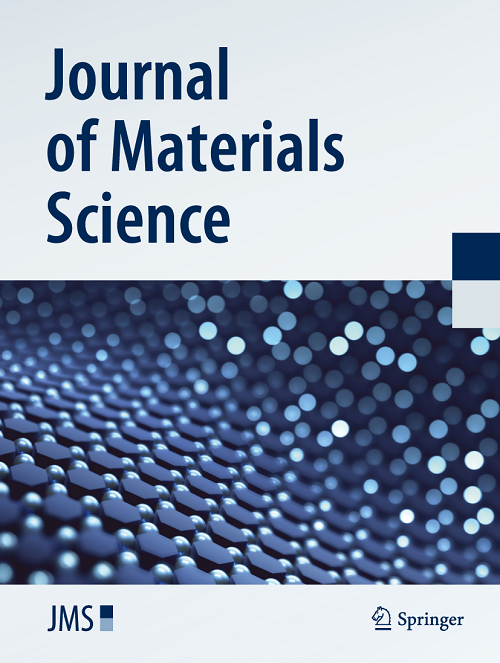pNIPAM/Alginate ferrogels as soft actuators for the thermoresponsive release of organic probes under high-frequency alternating magnetic fields
Abstract
Poly(N-isopropylacrylamide) (pNIPAM)-based ferrogels are promising materials for remote-controlled release applications as they combine the thermoresponsive deswelling ability of pNIPAM with the magnetic heating capacity of magnetic nanoparticles. A key challenge in developing such systems is understanding how these ferrogels interact with potential drugs or analogous molecules to create effective delivery systems with controlled release profiles. In this study, we prepared and characterized a thermosensitive ferrogel composed of pNIPAm/Alginate and magnetic nanoparticles, and we investigated the release profile of two probe molecules via remote magnetic activation. Using methylene blue (cationic) and methyl orange (anionic) as model substances, we found that the absorption behavior of the ferrogel toward each molecule depends significantly on its electrical charge, with electrostatic interactions between the alginate and the probes being the main cause for these differences. We confirmed that the ferrogels deswell to nearly 15% of their original size after experiencing an increase in temperature, either in a heated bath or under the influence of an alternating magnetic field. In both cases, the deswelling process was accompanied by the release of the loaded molecules. The release profiles were similar for both heating methods and were influenced by the initial amount of the substance adsorbed by the gel. For the cationic substance, modifying the pH of the medium improved the release profile. These results highlight the potential of these ferrogels as stimuli-responsive systems for remote-controlled release applications.
Graphical abstract

 求助内容:
求助内容: 应助结果提醒方式:
应助结果提醒方式:


